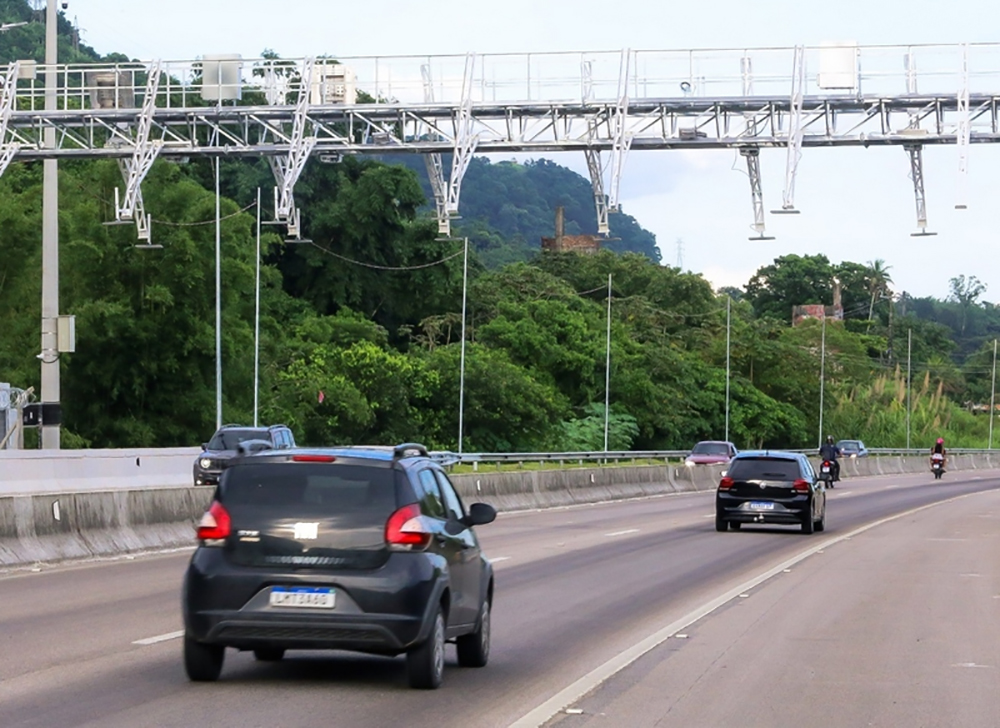Jun 19, 2023Ed. Note: This article was previously posted at IoP Journal.
The use of electronic radio frequency identification tags (RFID) by vehicles has increasingly grown since 2000, when automatic payments first began in Brazil. Most transactions carried out throughout the country are used for tolls, automatically guaranteeing a 5 percent discount on the amount charged at 85 tolls along 27 federal and 58 state highways. This is the Basic Fare Discount (DBT), determined by the National Land Transport Agency (ANTT). Also followed by state regulatory agencies, it offers a benefit to drivers who have an electronic device in their vehicle, encouraging its use.
This means of payment promotes improvements in the flow of traffic on highways. When passing through the automatic collection lanes of conventional toll plazas, or through the free-flow gates recently installed at three points on the Rio-Santos highway, managed by CCR RioSP, vehicles with active payment tags already gain extra savings on the rates charged on tolled stretches of highways in the states of Goiás, Mato Grosso, Mato Grosso do Sul, Minas Gerais, Rio de Janeiro, Rio Grande do Sul and São Paulo.

In addition to the savings provided by DBT to drivers who use automatic payment devices for mobility, the new highway concession contracts have determined that automatic charging lanes and gates grant progressive discounts to tagged cars that travel frequently along the same routes. Known as the Frequent User Discount (DUF), this benefit is valid exclusively for passenger vehicles that repeatedly pass through 79 lanes and automatic collection gates, located at 24 toll booths on federal highways and 55 points on state highways.

Carlos Gazaffi
The percentage rebate increases from the second to the 30th trip. Starting with the 31st ticket during the same monthly calendar, the driver pays the minimum fare on all other journeys made within that period, provided they are made on the same stretch and direction of travel, and during the current month. Thus, depending on the number of tickets, the discount can exceed 70 percent for those who make payments via tag—a benefit that can exceed 90 percent on some state highways.
At present, 55 toll booths on Brazil's state highways have adopted the DUF practice in stretches located in various regions of Goiás, Mato Grosso do Sul, Minas Gerais, Rio de Janeiro, Rio Grande do Sul and São Paulo. Among the federal highways that already grant this progressive discount are CCR RioSP, Ecovias do Araguaia and EcoRioMinas.
Contactless payment methods have gained strength during the COVID-19 pandemic. According to Associação Brasileira das Empresas de Pagamento Automático para Mobilidade (Abepam), Brazil has more than nine million cars with tags in circulation. In addition to simplifying the discharge and control of expenses with toll fees on road routes throughout the nation, the tags can be used to make payments at restaurants and snack bars with drive-thru systems; at parking lots, car-wash services and gas stations; and for contracting insurance and other services, depending on the operator chosen.
"Today, the tags can already be used to make payments at more than 10,000 points across the country, considering the various types of establishments that have already joined the system to facilitate the daily lives of drivers," says Carlos Gazaffi, the president of Abepam and the electronic tolling company Sem Parar. "Use, as well as the number of places, continues to grow in line with the increase in users and, consequently, in demands."

